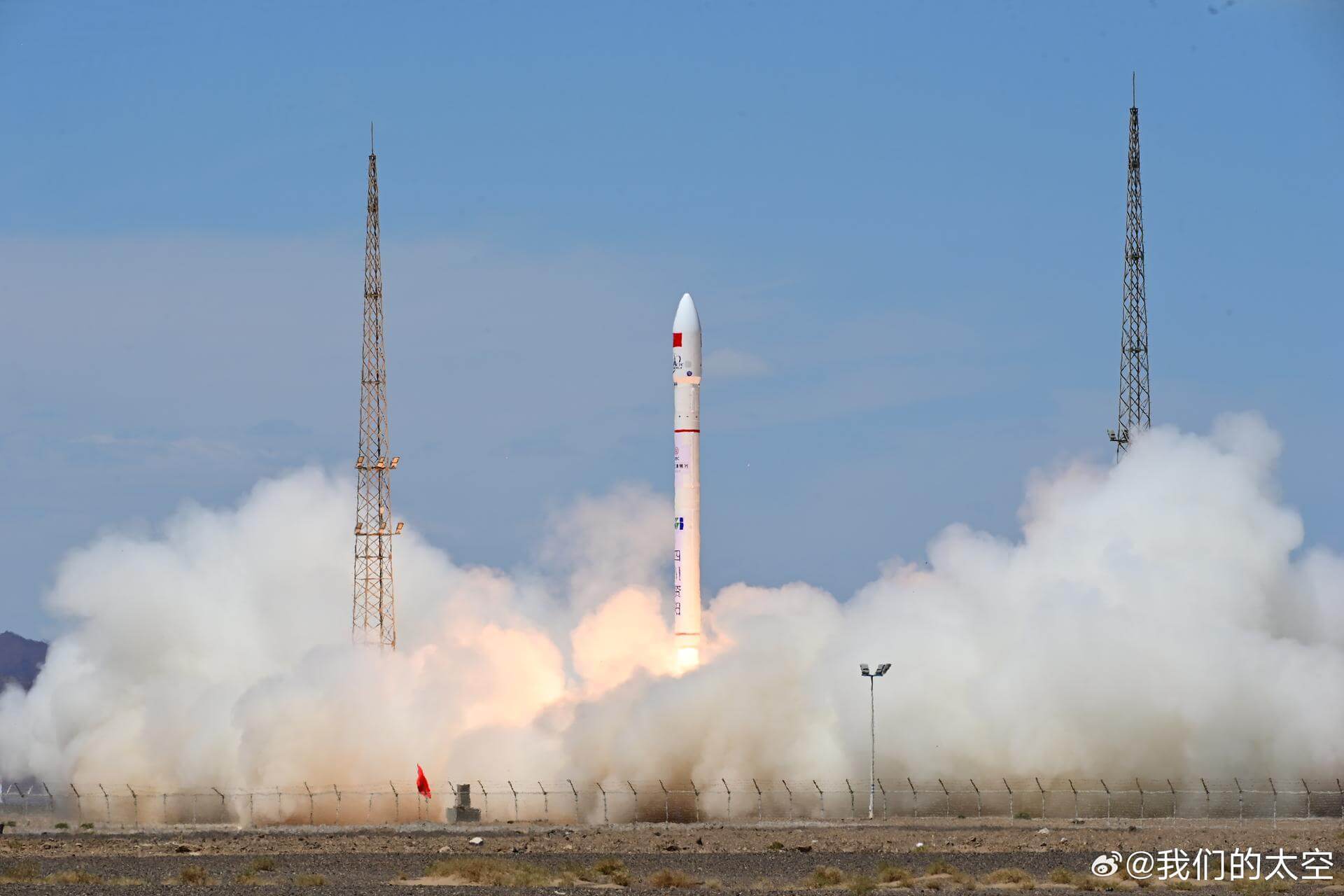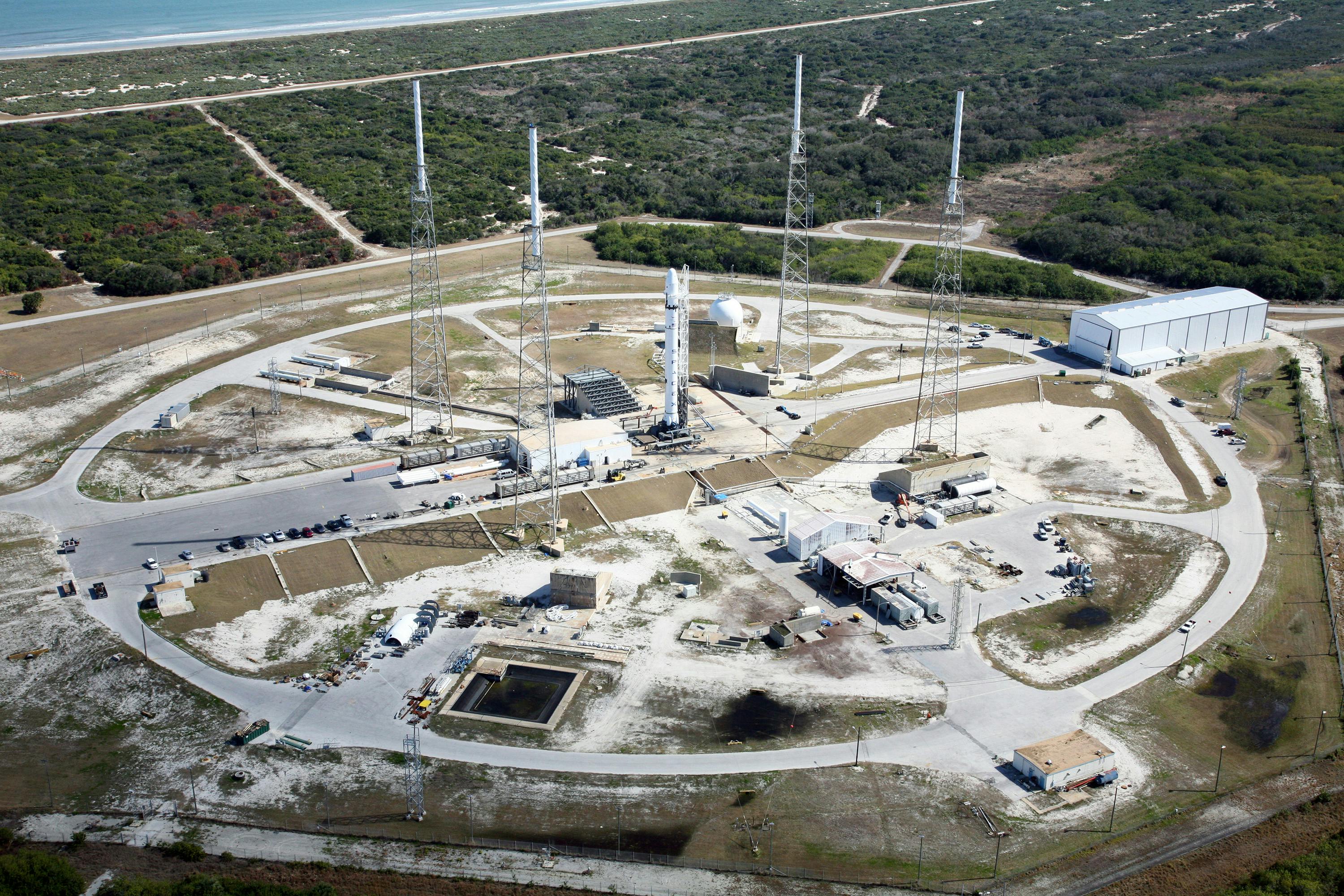· space brief · 4 min read
Space Brief 26 Feb 2025
Today's brief covers the crash of a SpaceX Falcon 9 rocket over Europe, the Space Force's mapping efforts with Iron Dome, and key military appointments and funding decisions.

📄Top Stories
SpaceX has revealed that a propellant leak was responsible for the Falcon 9 rocket debris crash over Europe. The Space Force is mapping its contributions to the Iron Dome missile defense system, enhancing missile tracking. Additionally, recent military appointments and funding announcements highlight ongoing strategic shifts.
📰Detailed Coverage
Propellant Leak Causes Falcon 9 Crash
A SpaceX Falcon 9 rocket’s upper stage descended unexpectedly over Europe, casting debris due to a propellant leak. This incident attracted significant attention and renewed discussions on the risks and regulations regarding space debris management.
The Falcon 9 incident underscores the complex challenges in rocket management, vital for ensuring the safety of space operations. With increasing satellite launches, tools like our web app become essential for monitoring potential orbital debris.
Read the full story: Space.com
Space Force Bolsters Iron Dome Capabilities
The U.S. Space Force is actively enhancing its role in the Iron Dome missile defense system, providing crucial satellite data to improve threat detection and interception effectiveness. This collaboration highlights the expanding integration of space-based assets in conventional military defenses.
Technical expertise from the Space Force is paving the way for advancements in collaborative defense strategies. This synergy between satellite monitoring and missile defense is set to improve real-time response capabilities against aerial threats.
Read the full story: Breaking Defense
UK Boosts Defense Spending Amid Heightened Threats
The UK has announced an increase in defense spending, raising its GDP contribution to 2.5% by 2027, driven by concerns over Russian activities. This strategic move aligns with pressures for Europe to bolster its defense autonomy and military preparedness.
While specific allocations remain undisclosed, the focus on strengthening defense measures could influence future space and satellite projects as integral components of national security.
Read the full story: Breaking Defense
Key Military Leadership Changes
Stephen Feinberg, nominated for Deputy Secretary of Defense, has emphasized restructuring legacy programs to streamline costs effectively. Meanwhile, Daniel Driscoll has been confirmed as the new Army Secretary, signaling continued leadership transitions within the U.S. military.
These appointments reflect ongoing efforts to adapt military frameworks, possibly affecting satellite deployment and space-based reconnaissance operations.
Read the full story: Breaking Defense Read more about Driscoll: Breaking Defense
Software Reform in the Pentagon
A draft memo details proposed changes in software acquisition processes within the Pentagon, aiming for efficiency and modernization. These reforms could impact development timelines and integration of space-based systems.
Improved software acquisition could streamline satellite data management and enhance the real-time responsiveness of military and observational satellites.
Read the full story: Breaking Defense
🛰️Satellite Spotlight
- Satellite Name: FAISAT 2V
- NORAD ID: 24954
- Launch Date: 1997-09-23
- Mission: Communication
- Orbit: Inclination: 82.93°, Period: 13.80, Eccentricity: 0.0039
- Operator: FACS
- Fun Fact: FAISAT 2V is part of a constellation designed to provide global communication services, showcasing early innovations in satellite connectivity.
Current TLE Data:
1 24954U 97052B 25056.85563899 .00000160 00000-0 13810-3 0 9991 2 24954 82.9272 341.2318 0038545 210.3812 210.8924 13.80285990381294
Track this satellite in real-time on our web app: Track FAISAT 2V
🚀Upcoming Space Launches
February 27
-
SpaceX Falcon 9:
- Nova-C IM-2 & Lunar Trailblazer from Kennedy Space Center (00:17 UTC) This is the second mission of the Nova-C lunar lander developed by Intuitive Machines, carrying NASA’s PRIME-1 to demonstrate in-situ resource utilization on the Moon.
-
SpaceX Falcon 9:
- Starlink Group 12-13 from Cape Canaveral SFS (03:34 UTC) A batch of 21 satellites for the Starlink mega-constellation, SpaceX’s project for space-based Internet communication.
-
China Aerospace Science and Technology Corporation Long March 2C:
- Unknown Payload from Jiuquan Satellite Launch Center, People’s Republic of China (07:01 UTC) Details TBD.
-
Russian Federal Space Agency (ROSCOSMOS) Soyuz 2.1a:
- Progress MS-30 (91P) from Baikonur Cosmodrome, Republic of Kazakhstan (21:24 UTC) Progress resupply mission to the International Space Station.
February 28
-
SpaceX Falcon 9:
- Starlink Group 12-20 from Cape Canaveral SFS (02:52 UTC) A batch of satellites for the Starlink mega-constellation, SpaceX’s project for space-based Internet communication.
-
SpaceX Starship:
- Flight 8 from SpaceX Starbase, TX, USA (23:30 UTC) Eighth test flight of the two-stage Starship launch vehicle.
March 1
-
SpaceX Falcon 9:
- SPHEREx & PUNCH from Vandenberg SFB, CA, USA (03:09 UTC) SPHEREx will survey the sky in near-infrared light for cosmic research, while PUNCH will study the Sun’s outer atmosphere and solar wind.
-
ExPace Kuaizhou-1A:
- Unknown Payload from Jiuquan Satellite Launch Center, People’s Republic of China (09:51 UTC) Details TBD.
March 2
- Galactic Energy Ceres-1:
- Unknown Payload from Jiuquan Satellite Launch Center, People’s Republic of China (07:49 UTC) Details TBD.
Note: Launch dates and times are subject to change due to technical or weather considerations.

Maurice Stellarski





